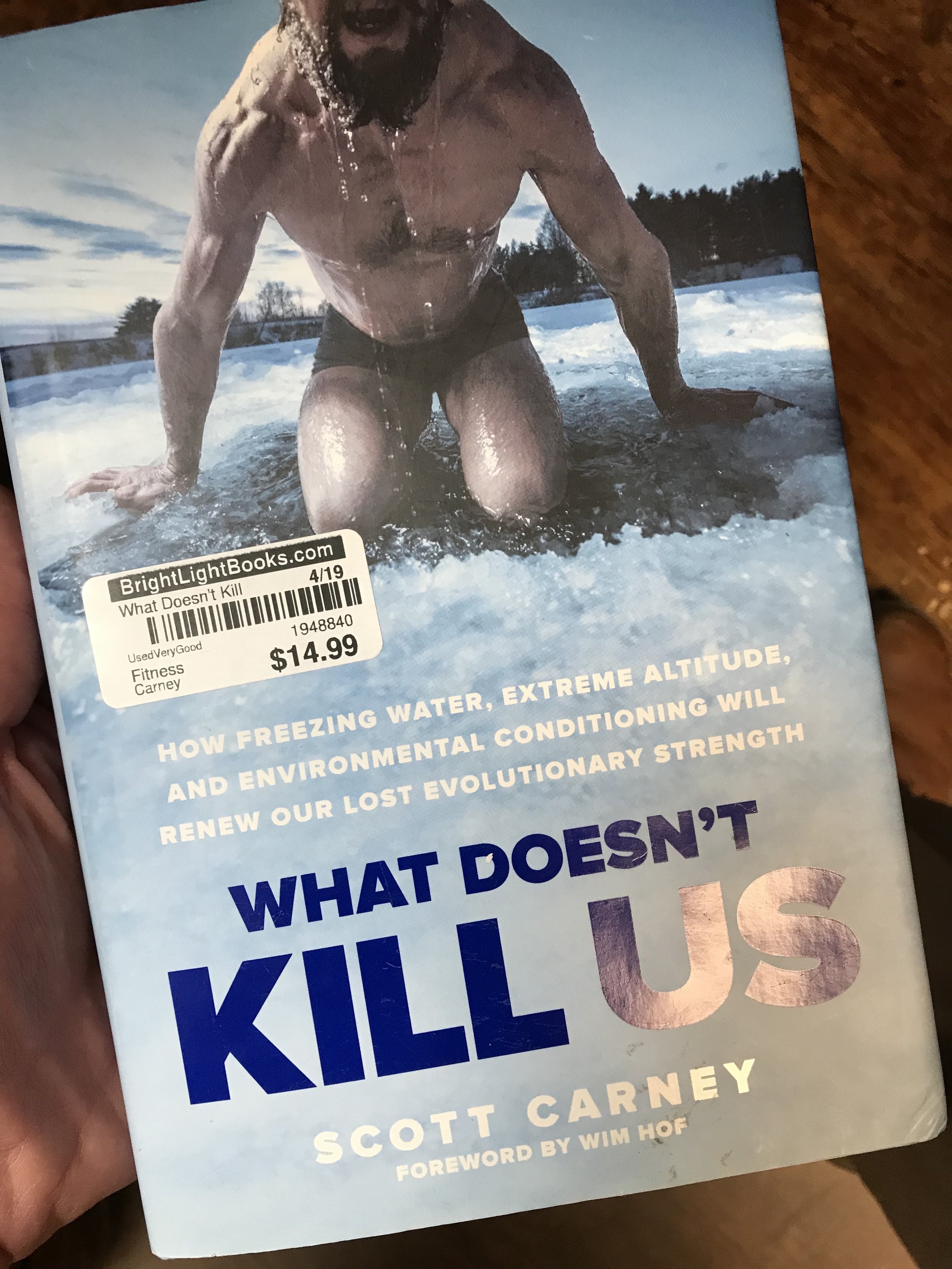That’s what makes death so hard - unsatisfied curiosity - Beryl Markham
“Few people attain great lives, in large part because it is just so easy to settle for a good life” (pg 1).
“The good-to-great companies did not focus principally on what to do to become great; they focused equally on what not to do and what to stop doing” . . . “they had no name, tag line, launch event, or program to signify their transformation” . . . because “greatness is not a function of circumstances. Greatness, it turns out, is largely a matter of conscious choice” (pg 11).
“Every good-to-great company embraced what we came to call the Stockdale Paradox: You must maintain unwavering faith that you can and will prevail in the end, regardless of the difficulties, AND at the same time have the discipline to confront the most brutal facts of your current reality, whatever they might be” (pg 13).
“When you have disciplined thought, you don’t need bureaucracy. When you have disciplined action, you don’t need excessive controls” (pg 13).
“You can accomplish anything in life, provided that you do not mind who gets the credit” - Harry Truman
Never stop trying to become qualified for the job - pg 20
“Level 5 leaders are fanatically driven, infected with an incurable need to produce results. They will sell the mills or fire their brother, if that’s what it takes to make the company great again” (pg 30).
“Good-to-great leaders understand three simple truths:
Begin with who, rather than what
if you have the right people on the bus, the problem of how to motivate and manage people largely goes away
if you have the wrong people, it doesn’t matter whether you discover the right direction; you still won’t have a great company. Great vision without great people is irrelevant” (pg 42).
“Good-to-great companies placed greater weight on character attributes than on specific educational background, practical skills, specialized knowledge, or work experience” (pg 51).
Good-to-great companies are “not ruthless cultures, they’re rigorous cultures. And the distinction is crucial . . . To be rigorous means consistently applying exacting standards at all times and at all levels, especially in upper management. To be rigorous, not ruthless, means that the best people need not worry about their positions and can concentrate fully on their work” (pg 52).
“To deal with it right up front and let people get on with their lives - that is rigorous” (pg 53).
Good-to-great companies don’t compromise. They keep fighting until they get through it and find the right people (pg 55).
“Letting the wrong people hang around is unfair to all the right people” (pg 56).
“Put your best people on your biggest opportunities, not your biggest problems” (pg 58).
“You absolutely cannot make a series of good decisions without first confronting the brutal facts” (pg 70).
“There is nothing wrong with pursuing a vision for greatness. After all, the good-to-great companies also set out to create greatness. But, unlike comparison companies, the good-to-great companies continually refined the path to greatness with the brutal facts of reality” (pg 71).
“The moment a leader allows himself to become the primary reality people worry about, rather than reality being the primary reality, you have a recipe for mediocrity, or worse” (pg 72).
“Yes, leadership is about vision. But leadership is equally about creating a climate where the truth is head and the brutal facts confronted. There’s a huge difference between the opportunity to “have your say” and the opportunity to be heard. The good-to-great leaders understood this distinction, creating a culture wherein people had a tremendous opportunity to be heard and, ultimately for the truth to be heard” (pg 74).
“What separates people is not the presence or absence of difficulty, but how they deal with the inevitable difficulties of life” (pg 86).
Hedgehog Concept (pg 90)
What are you passionate about?
What can you be the best at?
What can you NOT be the best at?
You may not become the best, but you could - Joanne Colins, World’s Best Triathlete (pg 117).
Building a Culture of Discipline:
Build a culture around the idea of freedom and responsibility, within a framework
Fill that culture with self-disciplined people who are willing to go to extreme lengths to fulfill their responsibilities. They will “rinse their cottage cheese".”
Don’t confuse a culture of discipline with a tyrannical disciplinarian
Adhere with great consistency to the Hedgehog Concept” (pg 124).
“The real question is, once you know the right thing, do you have the discipline to do the right thing and, equally important, to stop doing the wrong things?” (pg 141).
“Good to great comes about by a cumulative process - step by step, action by action, decision by decision, turn by turn of the flywheel - that adds up to sustained and spectacular results . . . good-to-great executives simply could not pinpoint a single key event or moment in time that exemplified transition . . . it was a quiet, deliberate process of figuring out what needed to be done to create the best future results and then simply taking those steps, one after the other, turn by turn of the flywheel (pg 165-167).
“Good-to-great executives simply could not pinpoint a single key event or moment in time that exemplified the transition . . . it was a quiet, deliberate process of figuring out what needed to be done to create the best future results and then simply taking those steps, one after the other, turn by turn of the flywheel” (pg 168-169).
“The other frequently observed doom loop pattern is that of new leaders who stepped in, stopped an already spinning flywheel, and threw it in an entirely new direction” (pg 181). The flywheel is two things: consistent and coherent (pg 182).
Walt Disney “installed a remarkable constancy of purpose that permeated every new Disney venture - namely, to bring happiness to millions, especially children” (pg 196).













